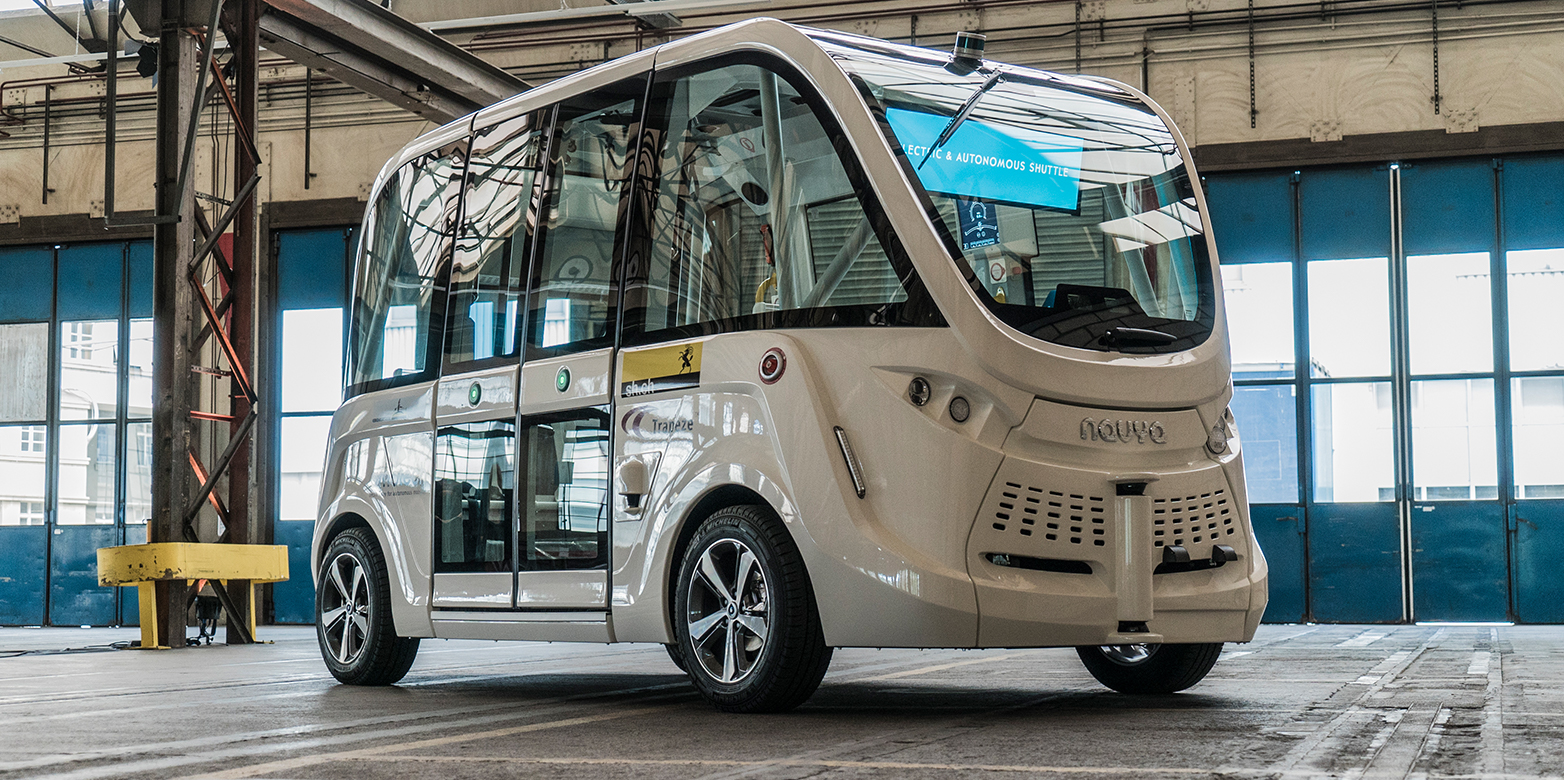How technology commitment affects mode choice for a self-driving shuttle service
A recent article on shared autonomous vehicles (AVs) by Postdoctoral Researcher at ETH Zurich Michael Wicki, ISTP PhD Student Sergio Guidon, PhD Candidate at the Institute for Transport Planning and Systems Felix Becker, ETH Zurich Prof. Dr. Thomas Bernauer and Prof. Dr. Kay Axhausen was published in Research in Transportation Business & Management.

Abstract
Although automation of motorized vehicles has the potential to transform public transport as we know it, prospective users are still skeptical. Trials with shared autonomous vehicles (AVs) offer an opportunity to assess future demand in a more realistic setting. In the context of an autonomous shuttle service trial operating on public road-space in Switzerland, we carried out a mode choice experiment with a random sample of 773 potential users. Study participants could choose between a rental bike, walking, and the autonomous bus at varying costs, travel time, occupation, and weather conditions. Based on attitudinal survey items on technology commitment, consisting of technology acceptance, control, and competence that were integrated into a latent variable model, we study how technology commitment affects mode choice behaviour. While results show a comparably low willingness to pay, they also indicate that technology acceptance is a robust predictor of autonomous bus usage. In line with the technology adoption life cycle argument, potential users are currently mainly technology enthusiasts. Thus, in order to also “bring on board” the less technophile parts of the population, improved communication of AV benefits will be required.
Article: "How technology commitment affects mode choice for a self-driving shuttle service"
ScienceDirect - Research in Transportation Business & Management (2020)
Michael Wicki, Sergio Guidon, Felix Becker, Prof. Dr. Thomas Bernauer & Prof. Dr. Kay Axhausen
For more information and the full article, please visit the external page ScienceDirect homepage.